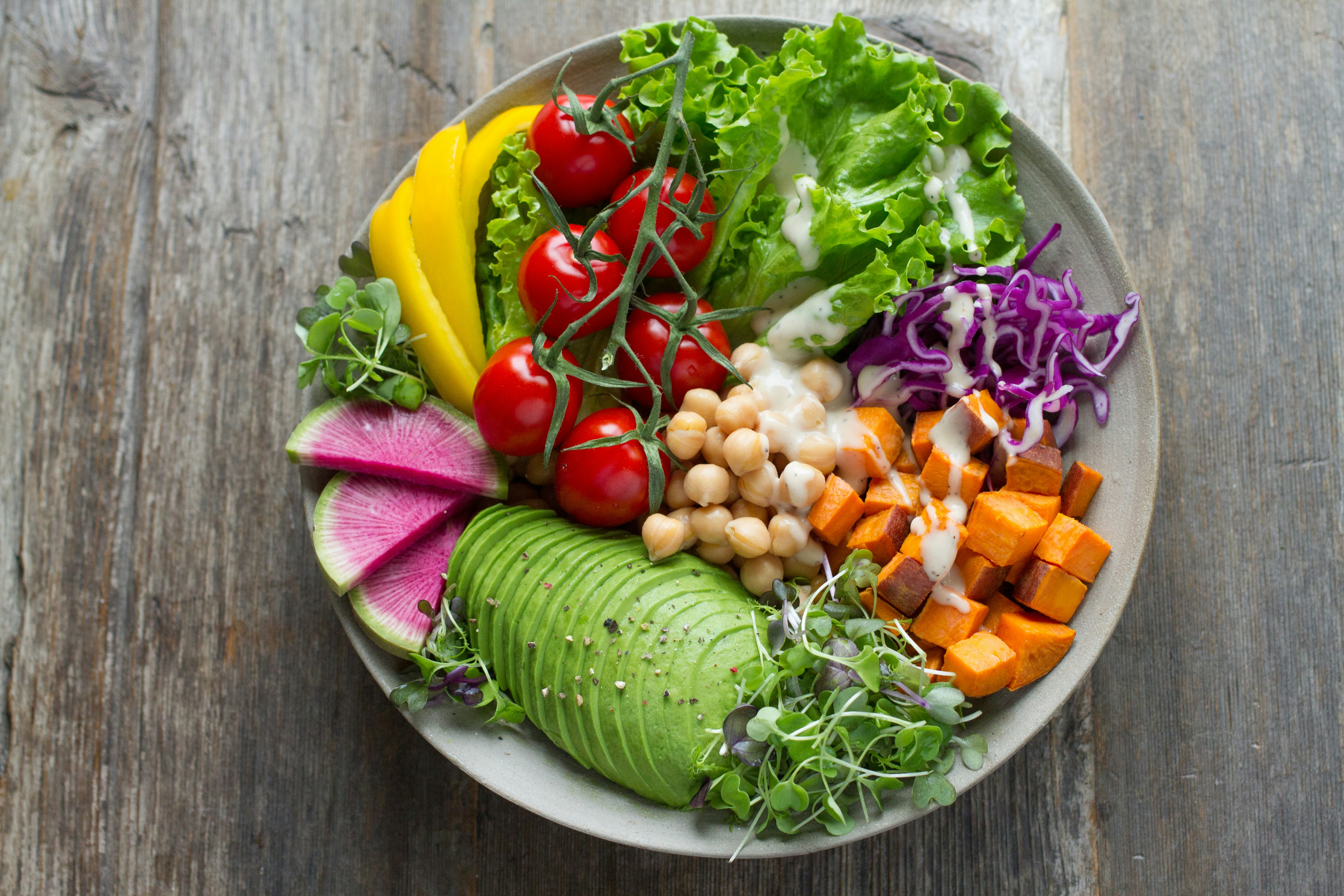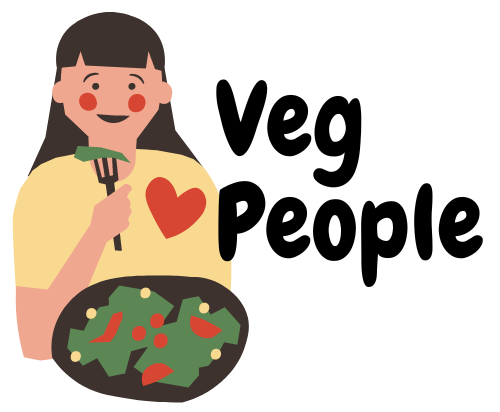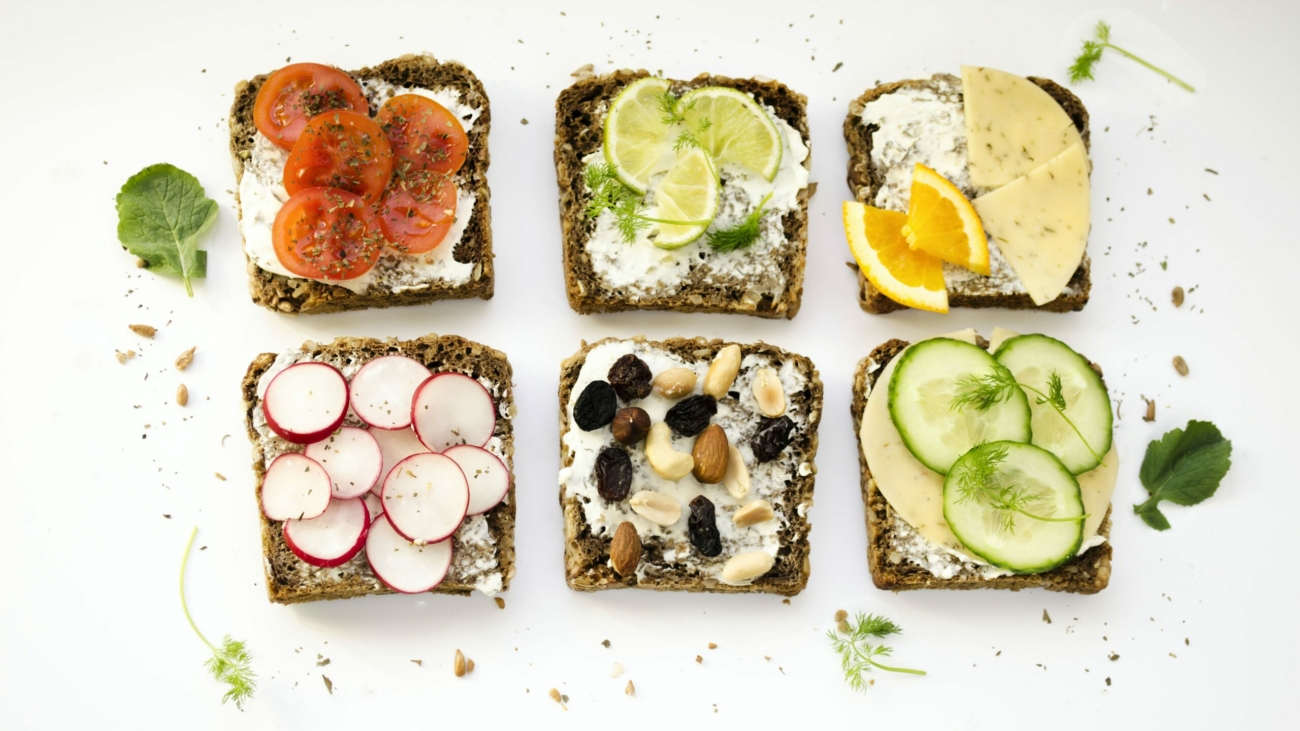Tips for Eating Well: Nutrition tips

It is easy to feel as if one is being suffocated by the most current trend in healthy eating and healthy diet or the most fashionable ingredient. However, optimal nutrition is achieved by consistently opting for healthy options when it comes to food and drink. If you have healthy eating habits, you may enjoy meals and drinks that satisfy your preferences, adhere to the traditions of your culture, and fit within your budget.
A healthy diet’s foundations include fruits, vegetables, whole grains, dairy products, and proteins. Milk that is low in fat or fat-free, milk that is lactose-free, and soy drinks that have been fortified are some of the recommended dairy choices. The only plant-based beverages with equal nutrition tips content to animal milk are soy drinks and milk from other animals.
Healthy eating: healthy dies and processed foods
There are a variety of recommended sources of protein, including seafood, lean meats and poultry, eggs, legumes (beans, peas, and lentils), and soy products, as well as nuts and seeds. According to the study’s findings, most Americans need to adjust their eating patterns to increase their intake of dietary fiber, calcium, vitamin D, and potassium. We also need to cut down on our consumption of saturated fat, added sugar, and salt. The following are some suggestions for getting things with health benefits started.
Increased fiber
Fiber keeps our digestive systems healthy and prolongs our feelings of fullness. Additionally, fiber decreases cholesterol levels and aids in blood sugar regulation. Good sources of fiber include whole grains, legumes, fresh fruits, fruit juice and vegetables, nuts, and seeds. Do the following things to increase fiber on balanced diet. Prepare sliced raw vegetables as a quick snack. Carrots and celery will stay more crisp if they are refrigerated in water.
Oatmeal or other healthy grain foods like bulgur or teff are good ways to start the day. Mix your cereal with berries, pumpkin seeds, or almonds for additional fiber. Mix in half a cup of beans or lentils to add fiber, texture, and taste to your salad. Enjoy whole fruit as a snack or dessert or for breakfast cereals, such as a passion fruit, pear, apple, or slice of melon.
Boost calcium and vitamin D intake
Together, calcium and vitamin D support ideal bone health. Sunlight can help our bodies produce vitamin D, but some people may have trouble doing so, and too much sun exposure might increase the risk of skin cancer. While very few foods naturally contain vitamin D, many meals and drinks have this important ingredient added. View calcium and vitamin D food sources. Try the next steps to enhance your consumption of calcium and vitamin D with ultra processed foods.
With your meals, sip a fortified dairy beverage and avoid sugary drinks. Include a tin of sardines or a packet of salmon every week when you pack your lunch. More calcium is present in salmon and sardines with bones than those without. Include taro root, spinach, collard greens, bok choy, mushrooms, and other fresh or frozen vegetables in your recipes. Look for foods that have been calcium and vitamin D enriched. These additional nutrients may be included in some whole-grain cereals, soy beverages, soy yogurt, and orange juice. Just be sure there are no extra sugars in them to lose weight!
Increase the potassium
The kidneys, heart, muscles, and nerves all benefit from adequate potassium levels. Low potassium intake raises blood pressure, reduces bone calcium, and increases the risk of kidney stones.Potassium levels in the blood can be too high in patients with chronic renal disease and those taking specific drugs. However, the majority of Americans need to include more potassium in their diets with fewer calories. Try this to add more potassium and healthy fats: try these fresh recipes that call for Swiss chard, lima beans, or beet greens. Use one cup of 100% prune juice or 100% pomegranate juice to add some variation to your drinks. As a snack, have a banana. Enjoy a recommended dairy product or 100% orange juice with your meals.
Cut back on added sugars
The use of excessive amounts of added sugar can increase your risk of weight gain, obesity, type 2 diabetes, and heart disease. Some foods, like fruit and milk or healthy fat, naturally contain sugars. Sugars and syrups that are added to foods and beverages during processing or preparation are referred to as added sugars. There are other names for added sugars, including cane juice, corn syrup, dextrose, and fructose. Additionally, added sugars include honey, maple syrup, and table sugar. Drinks with added sugar are a popular source.
Try this to reduce additional sugars: Instead of sugary beverages, drink water. For extra taste, include berries or pieces of lime, lemon, or cucumber. For sweetness, add fruit to your yogurt or cereal or eat unsweetened fruit juice. Avoid stocking up on sweetened beverages and food. Drink water instead, and keep sliced fruits and vegetables on hand for snacking. Skip the flavored syrups and whipped cream at coffee establishments. Request low-fat, fat-free milk or a fortified, unsweetened soy beverage. Or return to the fundamentals and food groups with black coffee.
Substitute unsaturated fats

Your heart can be protected by substituting healthier unsaturated fats for saturated fat. Fatty meats such as beef ribs and sausage, whole milk, full-fat cheese, butter, and cream cheese are typical sources of saturated fat. We require some dietary fat to provide us with energy, support the growth of healthy cells, and aid in the absorption of some vitamins and minerals. However, saturated fat is not as healthy for us as unsaturated fat. See typical saturated and unsaturated fat sources. Try this to substitute unsaturated fats for saturated fats: In a smoothie, use low-fat yogurt and avocado instead of whole milk.Instead of cheese, top salads with nuts or seeds.Instead of using meat as a source of protein, try using beans or seafood.
Limit your sodium intake
Consuming excessive sodium can increase your risk of hypertension, heart attacks, and stroke. Most Americans’ sodium comes from prepared and packaged foods. Although sodium comes in many different forms, 90% of the sodium we eat comes from salt. View the top sodium sources [PDF-226KB].Try this to reduce your salt intake: Use fresh herbs, a squeeze of lemon juice, or a splash of no-salt spice blends to flavor your food in place of salt. Consume processed and prepackaged foods rich in salt less frequently. Numerous everyday items, such as breads, pizza, and deli meats, are rich in salt. Find low-sodium products at the grocery store by reading the Nutrition Facts label. Purchase whole foods to prepare at home without salt, such fresh or frozen veggies.

